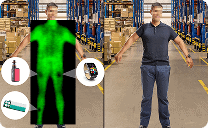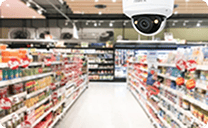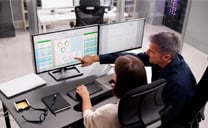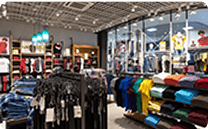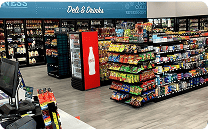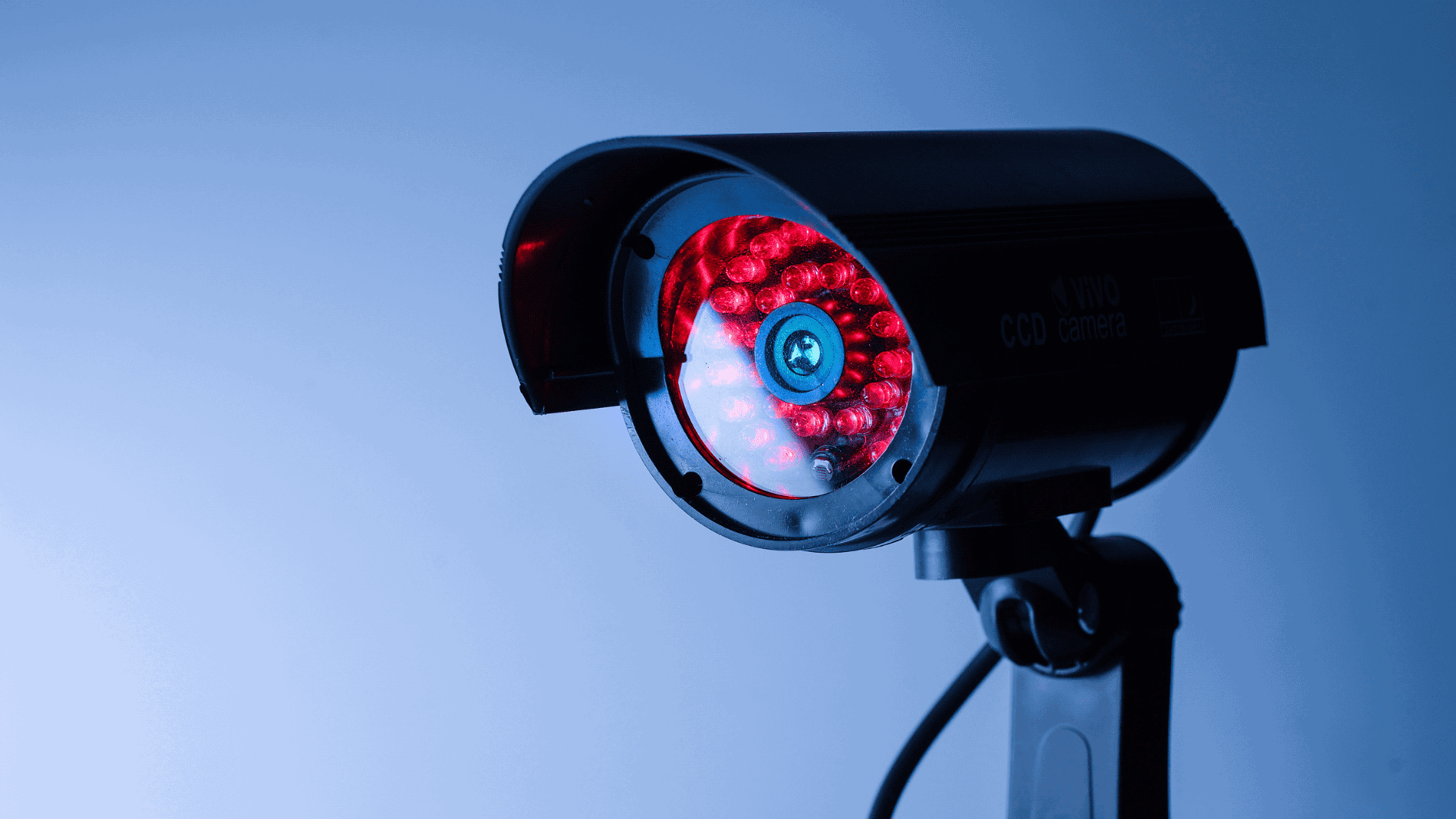In This article
The development of the AI security camera represents a significant advancement in video surveillance technology. Rather than simply capturing and storing footage, these cameras use artificial intelligence—often machine learning and computer vision algorithms—to interpret what they see and respond accordingly. This allows organizations to monitor their environments proactively, respond to potential issues more quickly, and extract operational insights from visual data.
An AI security camera equipped with onboard processing or connected to cloud-based analytics platforms can identify people, vehicles, objects, and motion patterns. It can also recognize when specific behaviors occur, such as loitering, line crossing, or unauthorized entry, and trigger automated responses without constant human supervision.
These intelligent capabilities help reduce the burden on security staff, minimize false alarms, and allow businesses to focus on events that genuinely require attention.
AI Security Cameras Use Cases and Features
AI security cameras are commonly used in:
- Retail stores, to detect shoplifting behavior, track foot traffic, or monitor point-of-sale interactions.
- Restaurants and QSRs, to assess wait times, verify cleanliness routines, or observe food handling compliance.
- Warehouses and logistics, to identify safety violations, monitor restricted zones, or confirm inventory movement.
- Parking lots, to detect vehicle presence, monitor license plates, or identify unauthorized access.
- Corporate campuses and schools, to enhance perimeter monitoring and detect after-hours activity.
Key features of AI security cameras may include:
- Facial recognition is used to identify individuals or detect banned persons.
- People counting, to analyze traffic flow, peak hours, or occupancy limits.
- License plate recognition (LPR) tracks vehicles entering or exiting a property.
- Behavioral analysis is used to detect unusual patterns like running, crowding, or motion in restricted zones.
- Real-time alerts are sent to managers or security personnel based on predefined rules or detected anomalies.
Benefits of AI Security Cameras
The use of AI in security cameras offers significant benefits. It allows businesses to reduce reliance on manual monitoring, improve the accuracy of event detection, and create a searchable log of tagged video events. This is especially useful for investigations, compliance reviews, and operational audits, where fast access to relevant footage can save time and resources.
AI security cameras also contribute to operational performance beyond traditional security roles. By analyzing how customers move through a store, where staff spend their time, or how long vehicles idle at a loading bay, businesses can uncover inefficiencies and make targeted improvements.
To maximize AI-enabled cameras, businesses should define what they want to monitor, establish clear alert rules, and choose systems that integrate easily with other surveillance or analytics platforms. Privacy considerations are also important, especially when using features like facial recognition or biometric analysis. Transparency, access control, and proper data management policies help reduce risks while maximizing value.
More Intelligent Surveillance Starts with DTiQ
The DTiQ 360iQ platform can integrate AI security camera solutions with many vendors. VIDEOiQ combines intelligent video analytics and real-time alerts. DTiQ helps your business identify risks, verify behaviors, and act faster. Whether you’re preventing theft, improving safety, or gaining operational insight, DTiQ enables intelligent surveillance with AI security camera integration to protect your business.
